8 Beneficial Insects You Want to See in Your Garden
Updated: Jan. 03, 2023
These beneficial insects are ready to lend a helping hand in your yard and garden by keeping the destructive and harmful pests away.
Beneficial Garden Insects, Bugs and Arachnids
When we think of beneficial insects in the garden, butterflies are usually at the top of the list. However, if we could take a bug census, we would discover that butterflies make up one of the smallest percentages of all insects visiting our gardens. From dragonflies to bees, hundreds of insects frequent our backyards. And while a small handful are considered pests, most are good bugs for your garden, or at least are completely harmless. Here are some that you actually want to see in your yard in spring and summer.
Syrphid Flies
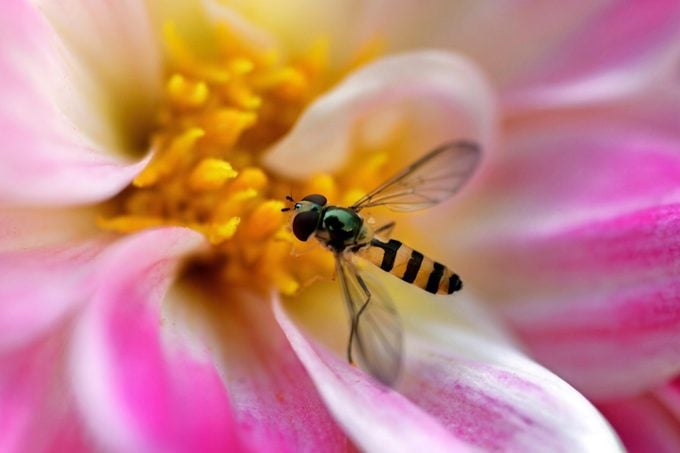
These insects may look like bees, but don’t be fooled! Syrphid flies, also known as flower flies, don’t just have a bee-like appearance—they’re pollinators, too. Some syrphid fly larvae eat aphids, a garden nuisance. One larva can devour several hundred aphids before entering its pupal life stage.
Invite helpful insects to stay by making a DIY bug hotel.
Ground Beetles
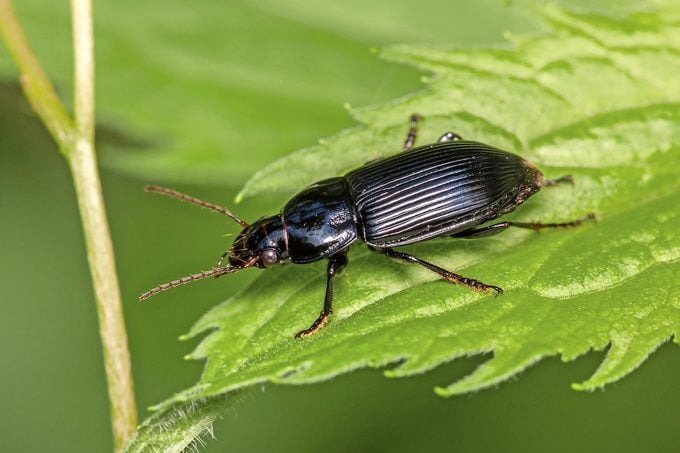
Among the hundreds of thousands of species in the Coleoptera (beetles) and Hemiptera (true bugs) insect orders are many predatory creatures, which dine on their plant-eating kin. Tiger, soldier and ground beetles are just a few you should welcome to your garden as residents. Hiding during the day beneath the surface of your garden, ground beetles come out at night to feast. They eat dozens of common pests, including slugs and snails, and also have been used to control invasive, non-native spongy moths.
Discover 10 natural ways to eliminate garden insect pests.
Lacewings
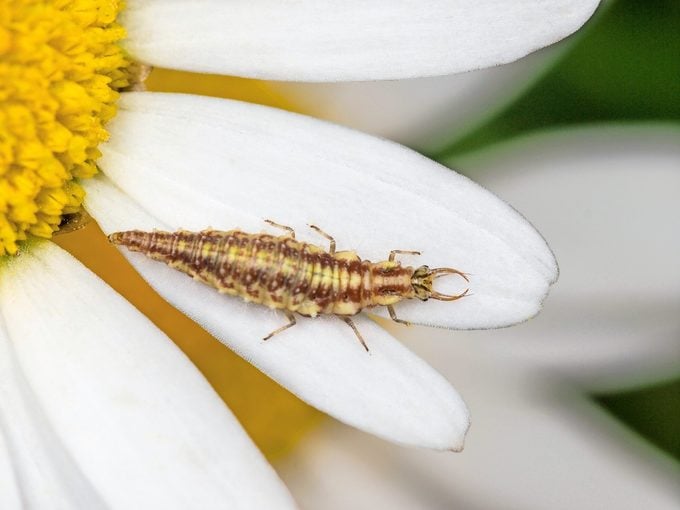
Lacewing larvae do a great job of eating aphids. But while ladybugs, the other famous aphid eaters, tend to spread themselves out over a large area, lacewings set themselves apart by staying in a more concentrated section, which can really take care of those pests. You can buy larvae online, but growing a pollinator-friendly garden attracts them naturally. Make sure you add these super fragrant flowers that pollinators love.
Ladybugs
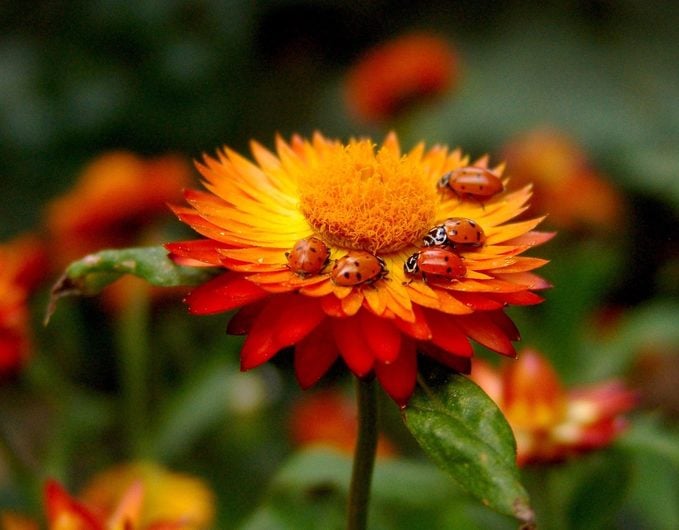
Sometimes known as lady beetles or ladybirds, these insects have an aphid-eating reputation for good reason. But they also help keep other nuisance pests, such as mites and mealybugs, under control. If you notice a large number of ladybug-like beetles around a window or in your home, don’t blame ladybugs! You’re probably actually dealing with Asian lady beetles, an invasive and mostly harmful species. Check out 10 more things you didn’t know about ladybugs.
Bees and Wasps
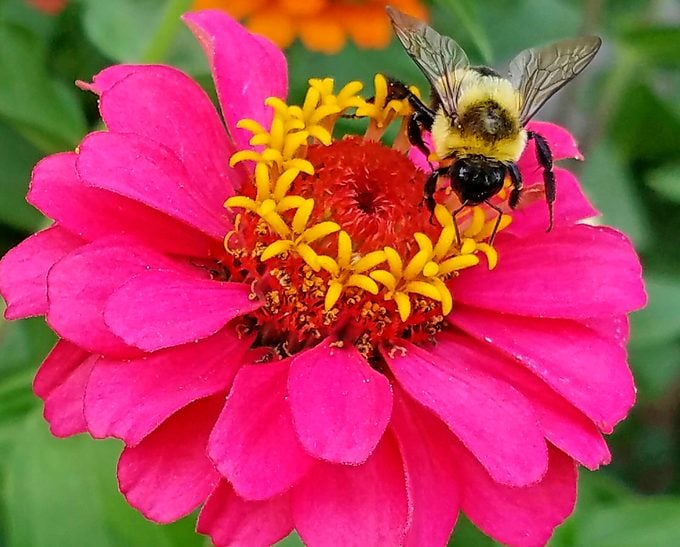
All bee species are important pollinators, which are largely responsible for the seeds, nuts, berries, fruits and other plant foods that form the bottom of the food chain, feeding both people and wildlife. So don’t be so quick to shoo these beneficial insects away. You’ll want to welcome wasps as well. Avid predators, they’re constantly patrolling, picking your garden clean of pests.
Discover 8 bugs you should never kill in your garden.
Caterpillars
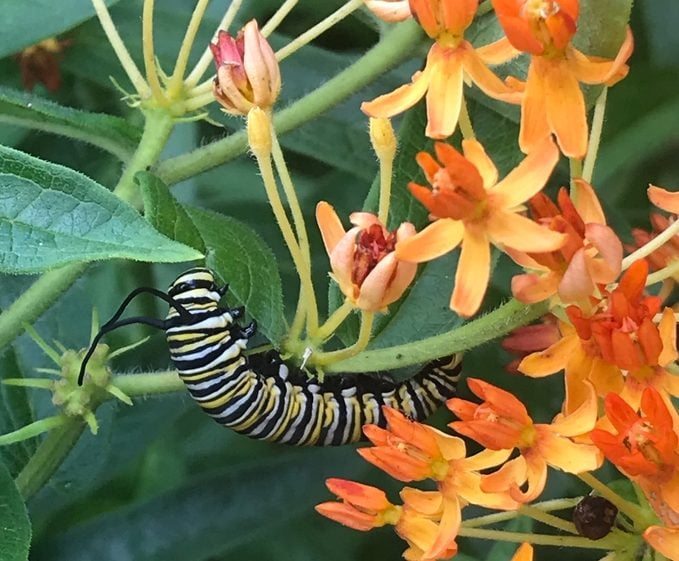
Butterflies and moths are attractive; they’re also important pollinators. Even better, their caterpillars attract birds. More than 95 percent of backyard birds rely on caterpillars as a primary food for their young. Attracting these insects to your garden essentially means attracting more birds. Do birds eat bees, mosquitoes and butterflies?
Spiders
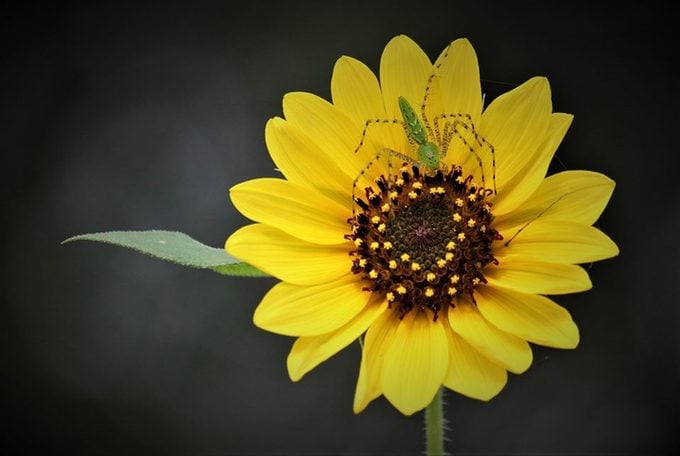
These arachnids are some of the most helpful garden invertebrates, but they’re also among the most maligned. All spiders are predatory and feed on insects, whether they hunt using skillfully woven webs (argiope and orb-weaver spiders), by ambush (tarantulas and trap-door spiders) or by stalking (wolf and jumping spiders). These 10 photos will change how you see spiders.
Psst—watch out for these monarch butterfly predators and parasites.
Dragonflies and Damselflies
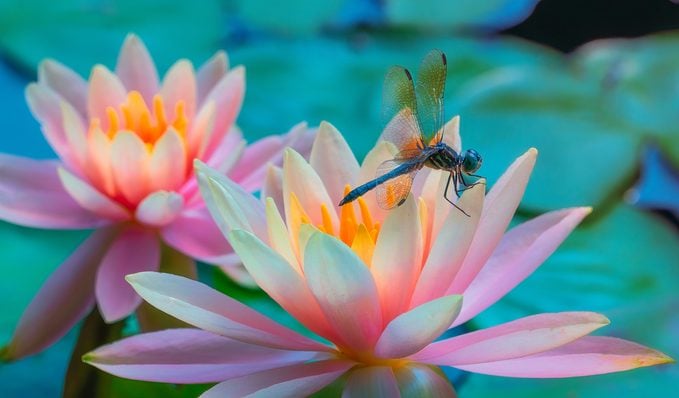
These aerial acrobats are a double threat. In their adult phase, they feed on all manner of flying insects, from mosquitoes to biting flies and gnats, but their aquatic larvae are no slouches, either, devouring the larvae of the same pests. All dragonflies have multifaceted eyes, so they are extremely good hunters.
Marvel at the beauty of dragonflies with these 12 dazzling dragonfly photos, and meet the colorful skimmer dragonfly.
So now that you know some of the beneficial insects for your garden, what can you do to attract them? First of all, grow native plants, which can support 60 percent more native insects than some of the more exotic ornamentals. Second, don’t be too tidy. A natural garden design will provide hiding and hibernation spots, as well as food and places to nest. Finally, stop using pesticides. This can be tough to do if you rely on them regularly, but they kill beneficial insects along with the ones you don’t want. And in the long run, they disrupt the natural order, making it more likely you’ll have overall pest problems.
Next, check out these amazing pictures that will change how you see bugs.
